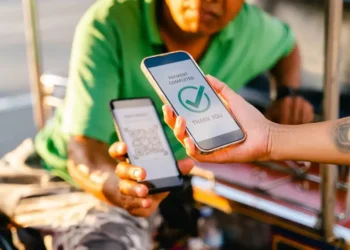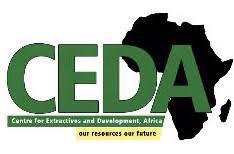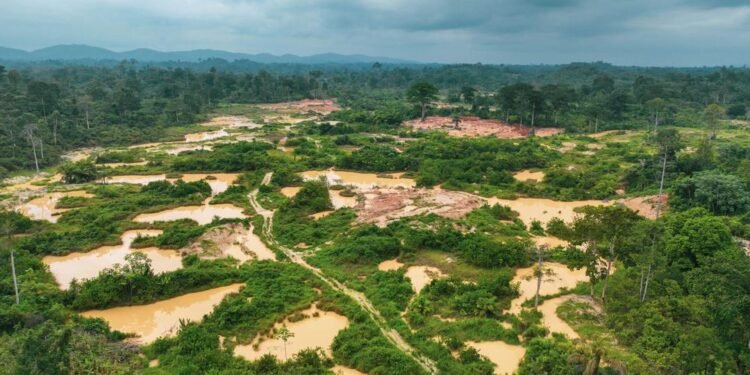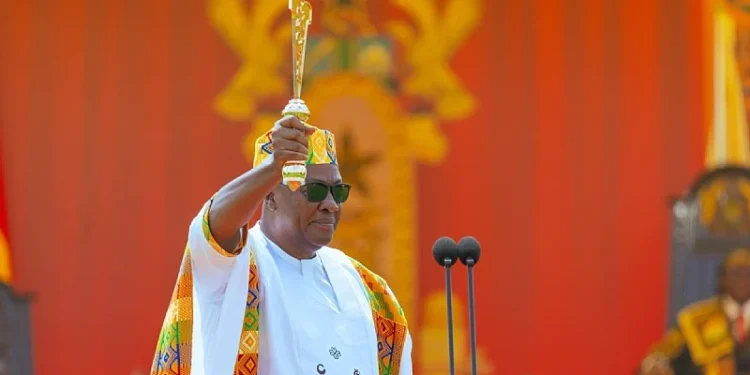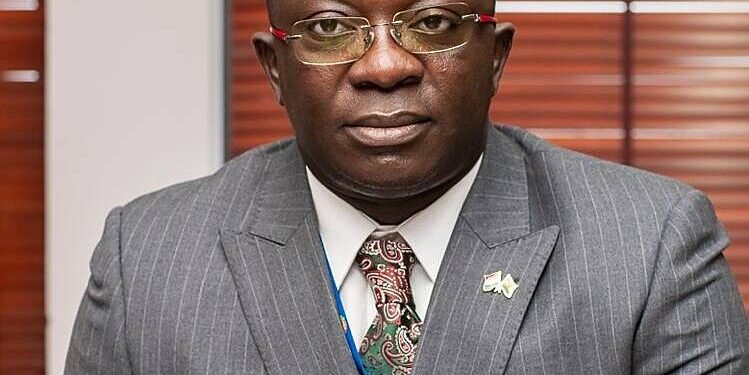The Board of Directors of the African Development Bank has approved a $1 billion exposure exchange with the Asian Development Bank. The transaction will support its efforts to unlock additional sovereign lending headroom.
The transaction is also expected to bolster continued efforts to create buffers within the African Development Bank’s capital adequacy metrics.
This new exposure exchange agreement is the second transaction that the African Development Bank has executed following the success of the first agreement finalized in 2015 with the Inter-American Development Bank and the World Bank Group’s International Bank for Reconstruction and Development.
Exposure exchanges between multilateral development banks involve a synthetic exchange of sovereign exposures in a risk-neutral manner to help address single obligor constraints and portfolio concentration.
This new exposure exchange allows the African Development Bank to continue supporting its regional member countries, particularly following the Covid-19 pandemic, combined with the spill over effects of the Russian–Ukraine war, which affected most African countries.
A Continued Step In Implementing The G20 Action Plan
The exposure exchange with the Asian Development Bank is a continued step in implementing the G20 Action Plan to optimize balance sheets of multilateral development banks without substantially increasing risk or adversely affecting their credit ratings.
Although the African Development Bank’s current prudential ratios are compliant with their statutory limits and S&P Global Ratings has confirmed its credit rating at AAA, this second exposure exchange will allow the Bank to provide African countries with additional financing, particularly those where it is necessary to increase countercyclical lending, while complying with its internal single obligor limits and concentration ratios.
Commenting on the transaction, Max Ndiaye, Director of the Syndications, Co-financing and Client Solutions Department at the African Development Bank, underscored the relevance of the bank to the developed countries, particularly the G20 nations.
“This operation demonstrates the relevance of the African Development Bank and its peer institutions in adhering to the G20 call on the multilateral development bank community to collaborate in adopting innovative approaches and initiatives. This includes risk transfers to maximize capital for increased development lending.”
Max Ndiaye
This transaction will help the African Development Fund (ADF) to address the dire economic conditions on the continent. This is because the African Development Fund provides development finance on concessional terms to low-income RMCs which are unable to borrow on the non-concessional terms of the AfDB.
In harmony with its lending strategy, poverty reduction is the main aim of ADF activities. Twenty-four non-African countries along with the AfDB constitute its current membership. The largest ADF shareholder is the United Kingdom, with approximately 14% of the total working shares followed by United States with approximately 6.5 percent of the total voting shares, followed by Japan with approximately 5.4 percent. The Federal Reserve Bank of New York was designated as the depositor bank for the fund according to telegraphs sent from the U.S. Embassy in Abidjan in 1976.
READ ALSO: GSE Discloses Plans of Doubling Equity Market from GH¢65 billion to GH¢130 billion









